
About Ganeshan Wignaraja
Ganeshan Wignaraja is Advisor in the Economic Research and Regional Cooperation Department at the Asian Development Bank, and prior to that was Director of Research at Asian Development Bank Institute.TPP and RCEP – friends not foes
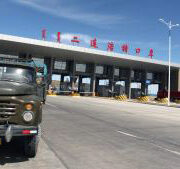
Talks just concluded in Auckland, New Zealand on Saturday show that plans for the Regional Comprehensive Economic Partnership (RCEP) are advancing. Just as both Hillary Clinton and Donald Trump, the next potential leaders of the Trans-Pacific Partnership’s (TPP) biggest partner—the US—have distanced themselves from the agreement. Some even suggest that the US Congress won’t ratify the TPP agreement, and warn that the world economy risks US isolationism.
Asia growth pessimism is not warranted
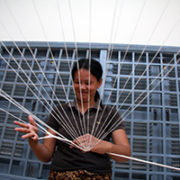
A gloomy outlook is enveloping the world’s economies. There are concerns too that countries are failing to sufficiently focus on long term policy responses to reverse the decline in global growth. Some argue that the global growth slowdown may be permanent, highlighting the danger of a period of chronically low growth, or what economists term “secular stagnation.”
Structural reforms to sustain Asia’s growth
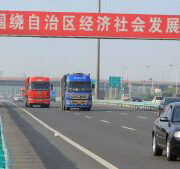
Economic growth in both developing and advanced economies has slowed since the global financial crisis. Developing Asia’s growth also moderated after the crisis, to a large extent driven by the slowdown in the People’s Republic of China (PRC). The region’s economy expanded on average 7.6% annually during 2001–2010, but growth slowed to an annual average of 6.5% during 2011–2015. ADB is projecting further deceleration to 5.7% in each 2016 and 2017.
RCEP – a life raft for trade liberalization in Asia
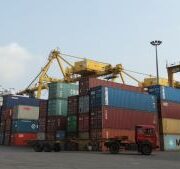
There seems to be a pushback against trade agreements in the post global financial crisis era. The Trans-Pacific Partnership (TPP) was signed in early 2016, but US presidential candidates have spared no effort criticizing it so near-term ratification is highly uncertain. The WTO Doha Round is in the deep freeze after 14 years of negotiations. Unilateral trade liberalization has virtually come to a standstill.
Learning from firms in East Asian production networks
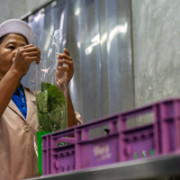
Slowing growth in the Peoples Republic of China (PRC) – the world’s second largest economy – is grabbing the headlines with some suggesting a third wave of the 2008 global financial crisis. While this topic deserves attention because of its global economic implications, there is insufficient analysis of firms in global production networks (GPNs), which were at the forefront of the economic transformation in PRC and the rest of East Asia, and lessons for latecomers to GPNs.
South Asia could be linchpin for regional integration
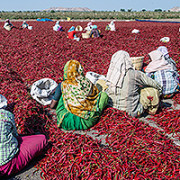
As the world deals with the "new normal" of a slowing China, regional financial and economic integration is more important than ever, and South Asia is strategically poised to play an influential part. There are several reasons why it is time to take a fresh look at the potential bridging role of South Asian economies in Asian integration. First, the South Asian economies -- which comprise India, Pakistan, Bangladesh, Sri Lanka, Nepal, the Maldives, Afghanistan and Bhutan -- have a largely untapped market of about 1.7 billion people, and they belong to the South Asian Free Trade Area.
What Africa can learn from Asian supply chains

At this week’s 10th World Trade Organization (WTO) Ministerial Conference in Nairobi, Kenya, trade ministers are trying to advance 15 years of Doha Development Agenda talks to reduce trade barriers. The real issue, however, is whether African economies can follow East Asia's success in global supply chains amid “new normal" growth and rising inequality.
Mega-regional infrastructure initiatives – Asia’s new noodle bowl?
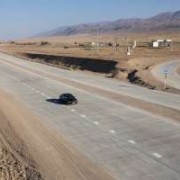
One of the striking lessons from Asia’s success over the past few decades is that it makes economic sense to invest in regional infrastructure to link two or more countries to support outward-oriented development strategies.
4 ways to boost SME access to finance from commercial banks in ASEAN
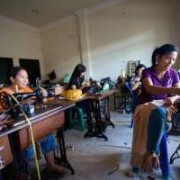
Concerns about moderating economic growth and rising income inequality in ASEAN economies have brought small and medium-sized enterprises (SMEs) into the policy limelight. Arguing that SMEs have significant potential for creating jobs, some commentators are suggesting a host of industrial policies such as financial subsidies and local content rules to promote SMEs. However, government failure may result from heavy-handed state intervention for SMEs.
The case for connecting South Asia and Southeast Asia
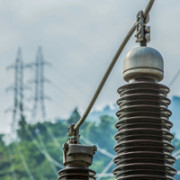
The time is ripe for enhancing economic integration between South Asia and Southeast Asia. The new “normal” era of slow growth in advanced industrial economies following the global financial crisis suggests that Asian economies will need to rely more on domestic and regional demand to secure inclusive growth. The recent slowdown in growth in the People’s Republic of China suggests further grounds for tapping growth opportunities between South Asia and Southeast Asia.


Search
Subscribe / Connect to Asia Pathways
Subjects
- Agriculture and natural resources
- Blog
- Capacity development
- Climate change
- Economics
- Education
- Energy
- Environment
- Finance sector development
- Gender
- Governance and public sector management
- Health
- Industry and trade
- Information and Communications Technology
- Infrastructure
- Miscellaneous
- Population
- Poverty
- Private sector development
- Regional cooperation and integration
- Sanitation
- Social development and protection
- Transport
- Uncategorized
- Urban development
- Video Blog
- Water
Recent Posts
- Artificial intelligence: A new driver for inclusive growth and development?
- Increasing trust in cross-border e-commerce and artificial intelligence
- Enhancing access to maternal and newborn healthcare in developing Asia
- Can electric vehicles lead the way to a sustainable future?
- Mitigating climate-related sovereign risk to accelerate action on the climate emergency




Recent Comments